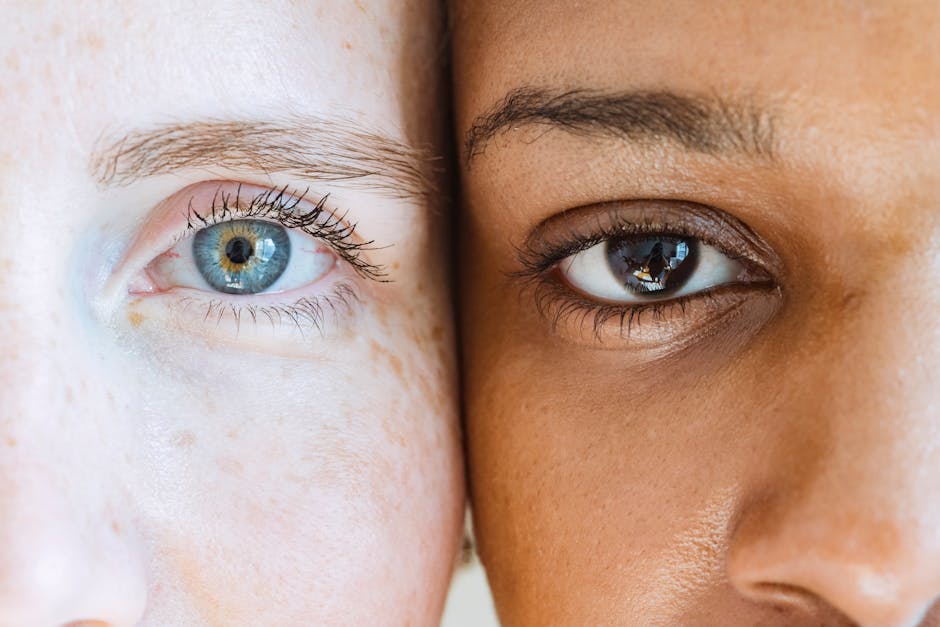
Facial Symmetry: Exploring the Significance of Balanced Facial Features in Attraction and Health
Facial symmetry plays a key role in human perception of beauty.
Studies have shown that individuals with more balanced and symmetrical faces are often perceived as more attractive. But what exactly is facial symmetry?
Facial symmetry refers to the similarity and harmony of the left and right sides of a person's face. When both sides are evenly proportioned and match each other, it creates an aesthetically pleasing appearance.
Why is facial symmetry so important in attraction? It is believed that symmetrical faces are indicative of good health and genetic fitness. Evolutionary psychology suggests that humans are naturally drawn to symmetrical faces because they subconsciously perceive them as signs of genetic superiority and reproductive potential.
Moreover, studies have found that individuals with more symmetrical faces tend to have better overall health. Facial asymmetry can be caused by developmental abnormalities, injuries, or underlying health conditions. Therefore, symmetrical faces are often associated with better immune function, physical health, and psychological well-being.
So, how can one enhance facial symmetry? While it's impossible to achieve perfect symmetry naturally, certain facial exercises and skincare routines can help improve facial balance and harmony. Additionally, some cosmetic procedures like fillers or minor adjustments can assist individuals in achieving a more symmetrical appearance.
In conclusion, facial symmetry is an important factor in human perception of beauty and overall health. Its impact on attraction and well-being highlights the significance of balanced facial features. By understanding and embracing facial symmetry, individuals can make informed choices to enhance their appearance and improve their overall quality of life.

